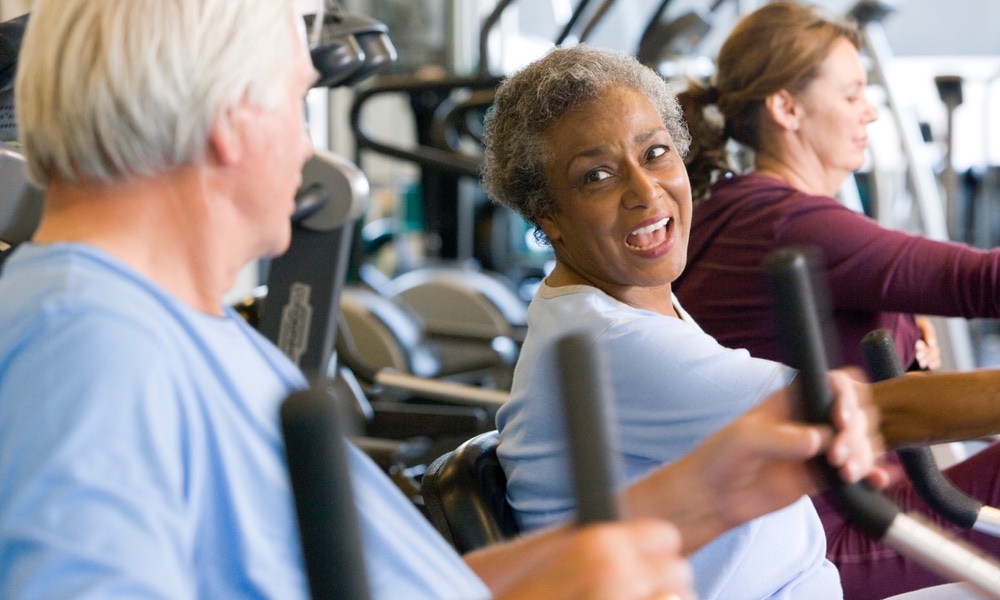A study from Massachusetts General Hospital suggests that one way to relieve overcrowding in emergency rooms is to provide an alternate treatment option to people with mild strains and sprains such as ankle sprains. They think an emergency telephone hotline could do the trick.
Many people with mild sprains and strains show up at the emergency room because they have no other treatment option and don't know how to treat their injury.
This doesn't come from the idea that medical care needs to be rationed; it's an attempt to promote better triage--getting medical care to those who need it the most quickly and having those with less serious injuries wait longer.
The standard treatment for mild sprains and strains is rest, ice, compression and elevation (RICE), which can often be done at home. But a patient may not know whether they have an ankle sprain or a broken ankle, a knee sprain or a torn ACL. What they know is that they're in pain. And many people with mild sprains and strains show up at the emergency room because they have no other treatment option and don't know how to treat their injury.
Using a national database of reported emergency room visits from 2000 to 2009 (NEISS), the researchers estimated that over a third (36%) of emergency room visits for lower body injuries were for strains and sprains, and the most common of these was for a sprained ankle.
Given the current state of many emergency rooms, where people with serious injuries often have to wait a long time for treatment and doctors and nurses have their hands full trying to treat them, any relief would be welcome. And the researchers envision a telephone hotline could relieve some of the pressure without withholding care from people with less serious injuries.
A properly staffed hotline could evaluate the seriousness of injuries and how they should be treated. One possibility is a dedicated ankle hotline, where patients could call and find out if their injury requires immediate attention by medical personnel, whether a scheduled visit during normal business hours would suffice or whether home treatment is an option. A more broadly-based hotline could deal with a wider range of injuries.
The researchers realize that a hotline would require trained medical personnel who can evaluate the seriousness of an injury simply from a phone conversation. And some strains and sprains are quite serious. But given that many are more of an inconvenience than an emergency, they think their idea is a valid approach.




